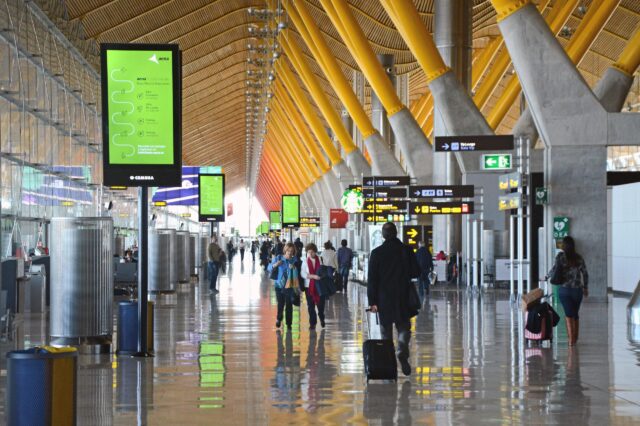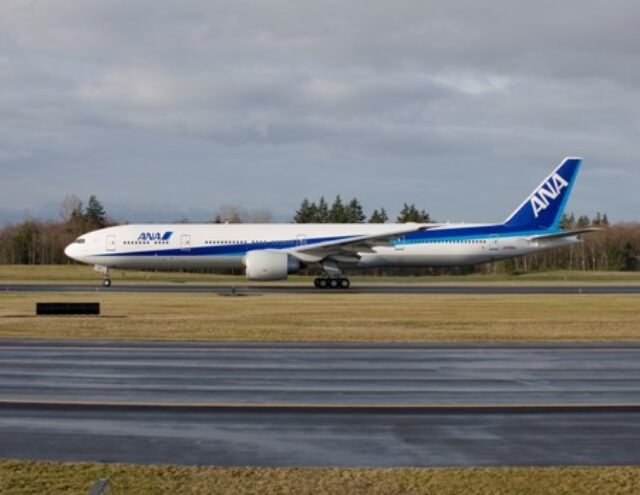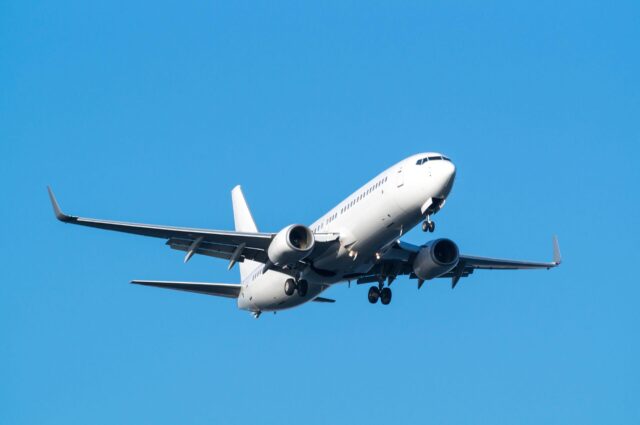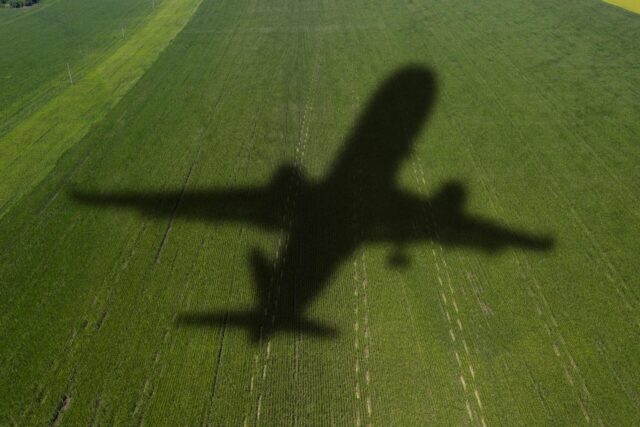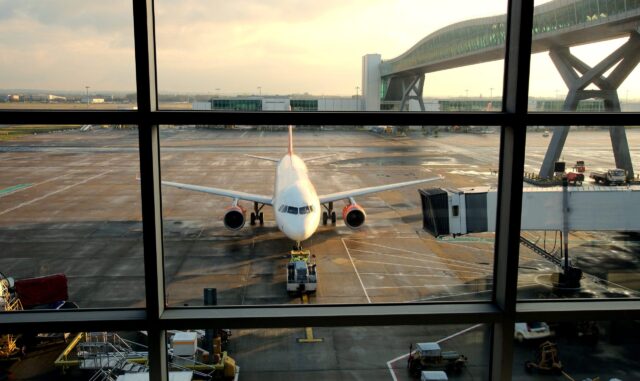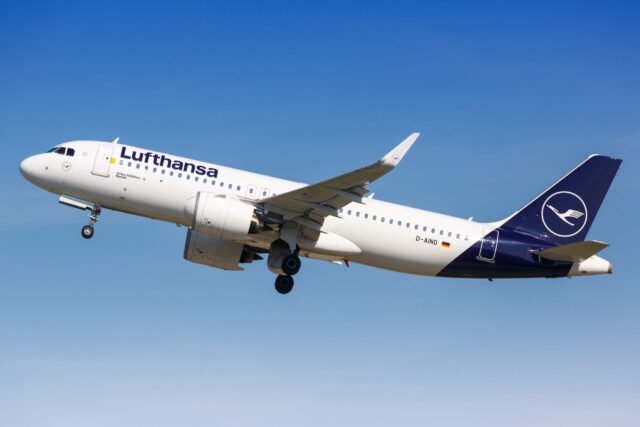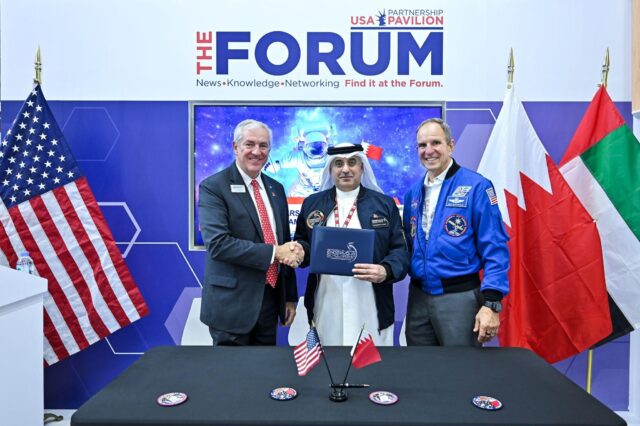Skyportz: A vertiport like no other?
April 21, 2025

As the launch of commercial eVTOL services (outside China, at least) creeps ever closer – with various OEMs’ offerings potentially certified and operational as soon as 2026 – it’s understandable that these aircraft themselves continue to draw attention. However, a successful entry into service cannot be achieved without the infrastructure fundamental to enabling safe and successful operations beyond existing airports and heliports.
Australia-based Skyportz is aiming to provide what it terms “the missing piece” in this emerging urban air mobility ecosystem with its patented aircraft-agnostic vertiport design; which, unlike others, aims to ameliorate a number of key safety concerns – most notably the problem of downwash and outwash – through its proprietary IP. However, with the proposed platform capable of much more, this vertiport’s resulting reduced footprint makes it a potential solution to size-critical spaces, with Skyportz primarily targeting the property market as its inaugural adopters.
“No revolution without infrastructure”
“If you can’t actually fly on demand to places people want to go, then there’s no revolution,” outlined Skyportz director and CEO Clem Newton-Brown; explaining that Skyportz currently has “hundreds” of sites and options under consideration. Leveraging his own personal background not in aviation but in town planning, legal practice and politics, Newton-Brown has been involved with the initiative since 2018. When the now-defunct Uber Air project came to Melbourne, looking for a third ‘flying taxi’ test city after Dallas and LA, he was acting as a planning consultant for Microflite Helicopters; the only Central City helipad in Australia on the river in Melbourne. It’s this inherent understanding of the politics of planning and realities of infrastructure requirements Newton-Brown hopes will underpin Skyportz’ eventual success.
Crucially, Skyportz’ initial focus on a “minimum viable product” is looking to create a cost-effective vertiport solution attractive to property owners and developers. “One of the big things we want to do is to get the property industry to pay for these vertiports,” explained Newton-Brown. “We’re not just addressing the existing airport / heliport conversions that everyone’s been talking about, but the property market, which is almost infinite”. Looking to “break the nexus between aviation and airports,” initial use cases will focus on upgrading existing helipads, but the main game is new infrastructure as the primary strategy.

How does the proprietary vertiport design differ?
Crucially, building a vertiport on a building is likely to require large footprints due to downwash and outwash, something Skyportz intends to address through its proprietary IP. As addressed in the FAA’s January 2025 Engineering Brief 105A, the primary challenge of eVTOL landings and take-offs is the downwash and outwash from rotor blades, with hurricane-force winds necessitating larger ‘caution areas’. However, computer flow dynamic modelling lead Skyportz to believe it can dissipate this power by up to 250%; leading to a smaller sized pad. “The FAA study results were really interesting, because it helps us to quantify the benefits if we can ameliorate that wind,” suggested Newton-Brown.
A chamber underneath the landing surface is designed to draw in wind, with air currents circulated rather than shooting across the landing surface. This is achieved with various apertures, valves, shapes and sizes of deck, as well as mechanical devices beneath the deck.
Other benefits of Skyportz’ solution
However, with the patent (launched in July 2024) about a month away from securing global Patent Cooperation Treaty proceedings, the IP contains far more ideas for enhanced operational capability. With ARFF a key concern for lithium-ion battery-powered eVTOL operators, Skyportz aims to include sprinklers in the pad, along with side walls that can be opened up to create a ‘bath’ around the aircraft in the event of a fire. Water and firefighting chemicals will be siphoned off separately. The “elevated pad with perforations” is also intended to enable safe management of FOD, with Skyrisks CEO Alistair Bundy confirming that Skyportz’ design is “actually addressing the three things we insure against with aerodromes”: people walking into aircraft, ground vehicles colliding with aircraft, and aircraft colliding with aircraft.
Other potential additions include regenerative power capture, micro weather monitors, bird detection and deterrence devices, contactless aircraft charging options, and a potential system using directed blasts of air to assist aircraft into the air. This, acknowledges Newton-Brown, is admittedly low down the priority list and would be difficult to optimise as aircraft-agnostic; albeit a solution Lilium were “really interested” in during 2024 meetings. “Nevertheless, it’s an interesting idea in the patent that will be pursued when air taxi developers are ready to engage,” he mused.
What’s next in the development journey?
For now, Skyportz intends to continue with CFD modelling; holding off building a full-scale structure to focus on exploring digitised trial and error. This will also include investigating muti-rotor downwash in conjunction with subject matter experts before a subscale model is potentially created. However, Skyportz is happy to offer its IP license-free to researchers or OEMs who would like to create a full-scale prototype.
With Skyportz awarded the Avolon International Air Show innovation award last month, “we’re optimistic we have some intellectual property now that sets us apart from the other vertiport companies, although we actually look at these companies as our customers now,” explained Newton-Brown. “We’ll be a provider of equipment, while others will be running the adjacent operations and services”. He concluded that Skyportz’ “ultimate dream” would be a product deemed operationally essential to be mandated from a regulatory perspective, thus alleviating ongoing safety concerns in a market that is simultaneously fast-emerging yet as-yet largely unknown. “We’re also hoping we can make the product affordable and accessible enough that no competitor would bother trying to challenge our patent,” he concluded. “We simply want to play our part in bringing this industry to life by removing the financial impediments to a multitude of vertiport destinations”.




